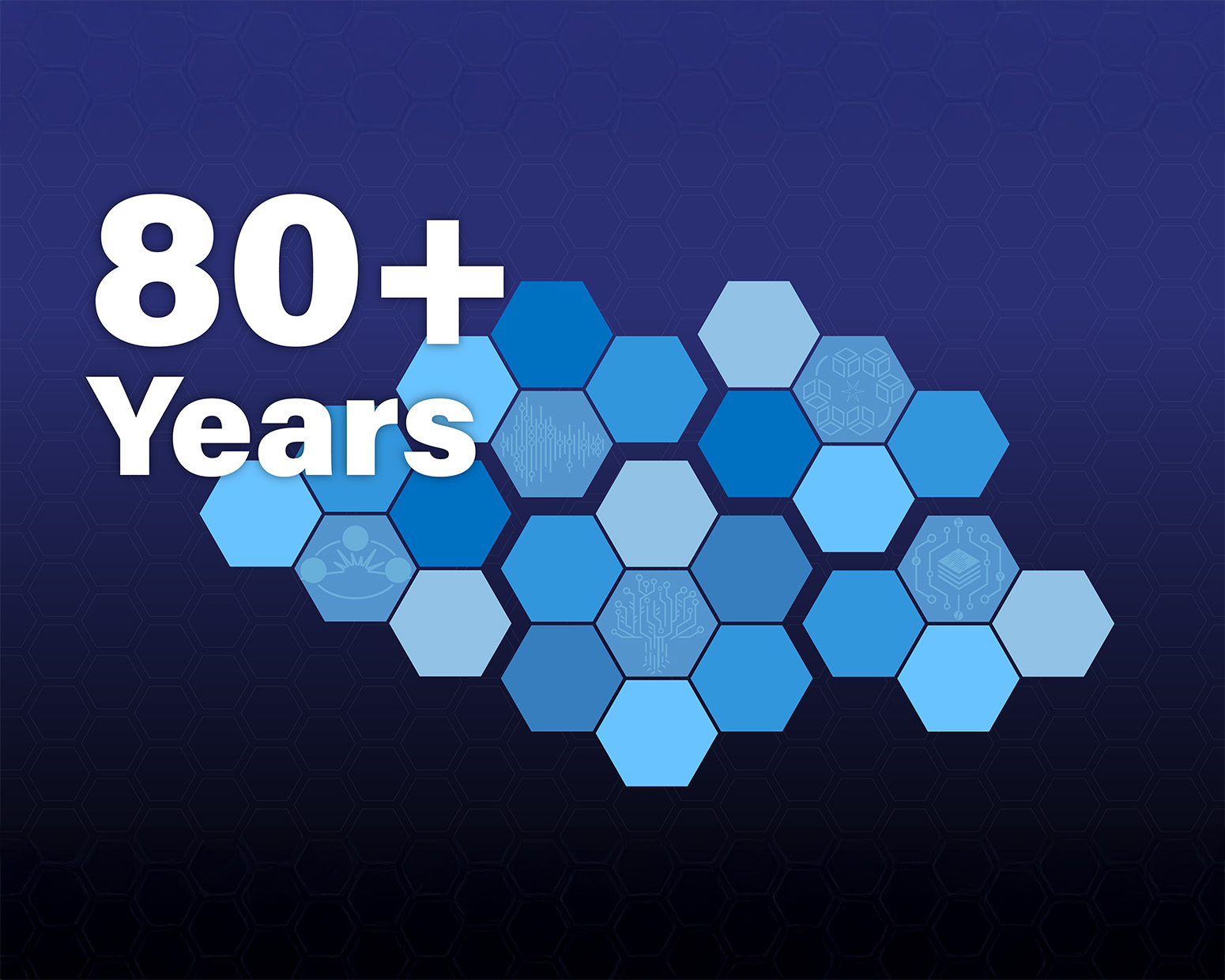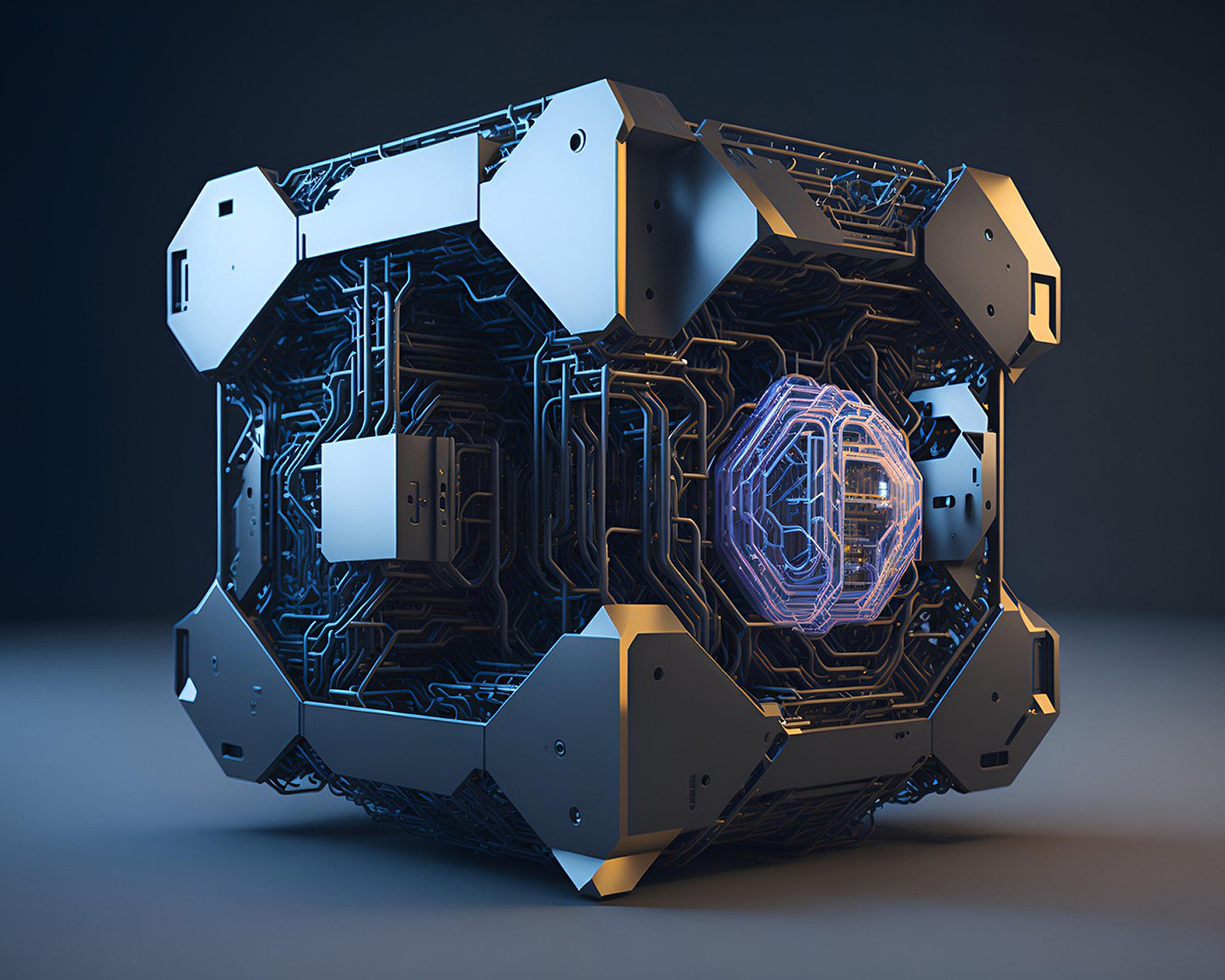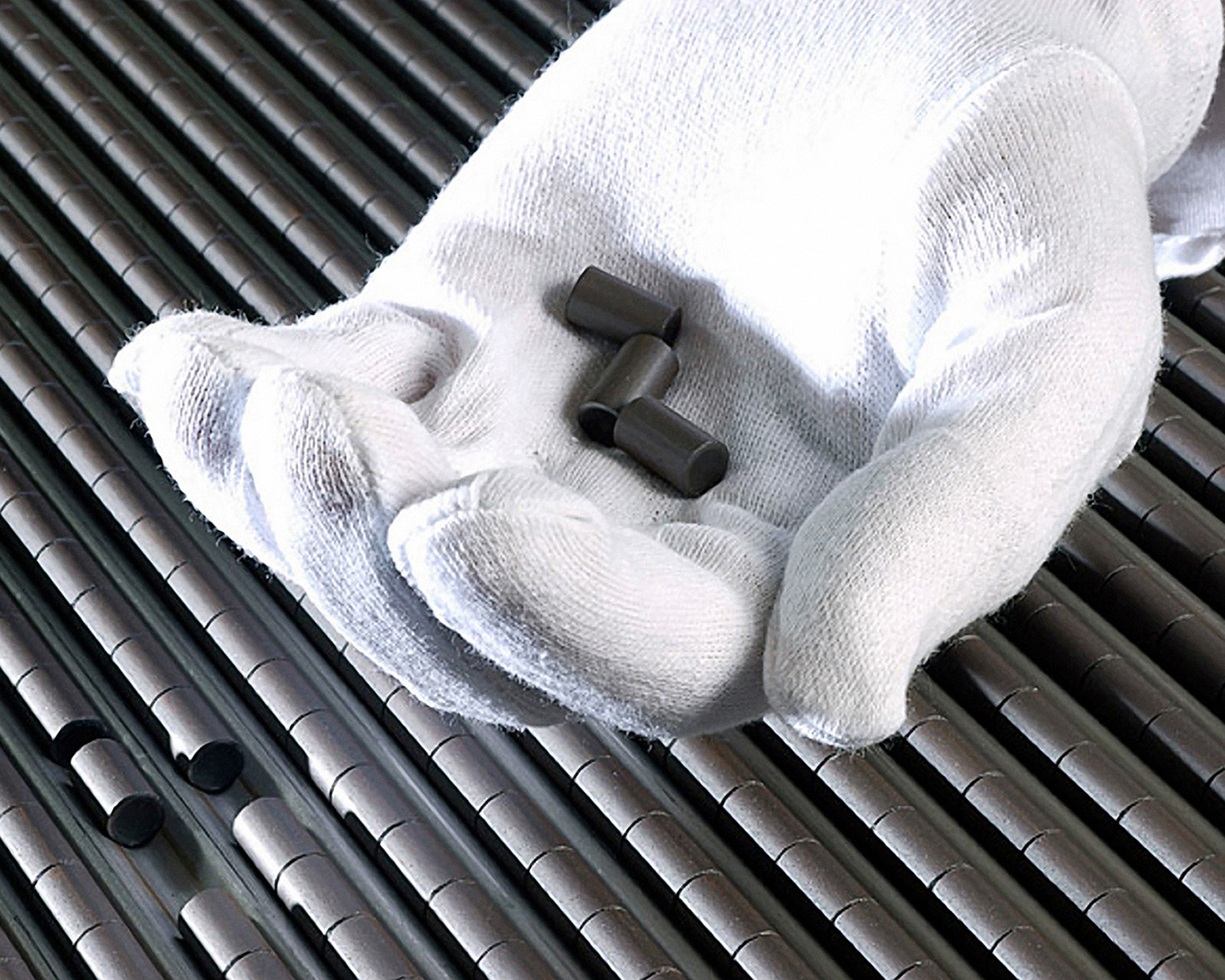Chacón elected fellow of the Society for Industrial and Applied Mathematics
Engineer recognized for breakthrough algorithms for fusion plasma simulation

The Society for Industrial and Applied Mathematics (SIAM) has selected nuclear engineer Luis Chacón of the Theoretical division at Los Alamos National Laboratory to join its 2025 class of fellows.
Twenty-five new fellows will be honored in July at the SIAM annual meeting in Canada for their efforts to advance the fields of applied mathematics, computational science and data science.
What he did: Chacón was recognized “for seminal contributions to scalable, multiscale fluid, kinetic and hybrid algorithms, enabling breakthrough simulations of magnetic and inertial fusion plasmas.”
Of note: Chacón joined the Theoretical division as a Director’s Postdoctoral Fellow in 2000 and became a staff member in 2002. His research focuses on multiscale algorithm development for fluid and kinetic modeling of plasmas, with applications to basic plasmas, inertial confinement fusion and magnetic fusion.
- Doctorate in nuclear engineering from the University of Illinois at Urbana-Champaign in 2000.
- 2020 fellow of the American Physical Society, a recipient of the 2021 Ernest O. Lawrence DOE Award and a 2024 Los Alamos National Laboratory Fellow.
- An associate and executive editor of the Journal of Computational Physics from 2013-22 and 2015-21, respectively, and several times a guest editor in the SIAM Journal of Scientific Computing since 2016.
LA-UR-25-24104





